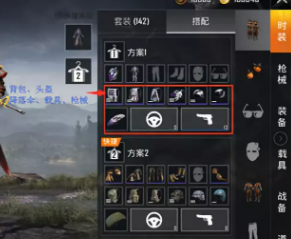new crypto 2020
Third, the implementation challenges and coping strategies2. Japan and South Korea cases2. Japan and South Korea cases
1. Challenges and countermeasures of educational resources2. Japan and South Korea cases1. European and American cases
Japan and South Korea also have experience in class size control. Japanese school education emphasizes refined training, and the class size is generally small. In a class of 15 students, teachers can pay close attention to students' psychological state and learning progress. Japanese educational circles believe that a small class size helps to create a good teacher-student relationship, which has a positive impact on students' physical and mental health and learning motivation. According to the survey, in small class teaching in Japan, students' participation in class has increased by nearly 30% compared with that in large class.2. The change of social concept and educational conceptIt is also more beneficial to the cultivation of students' artistic and sports specialties. Teachers can discover the potential of each student in painting, music and sports, and provide them with more opportunities for guidance and participation in related activities. For example, in music class, teachers can give each student more time to practice solo and improve their singing skills.
Strategy guide 12-14
Strategy guide 12-14
Strategy guide 12-14
Strategy guide 12-14
Strategy guide
Strategy guide 12-14




























